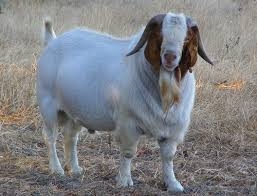Phosphorus Deficiency in Livestock
Phosphorus Deficiency is a common issue in livestock that can lead to a condition known as Pica, characterized by abnormal chewing and eating of non-nutritive substances. Proper management of phosphorus levels is crucial for maintaining animal health and productivity. This guide provides an overview of phosphorus deficiency, including affected species, symptoms, prevention, and treatment strategies.…
Read more








